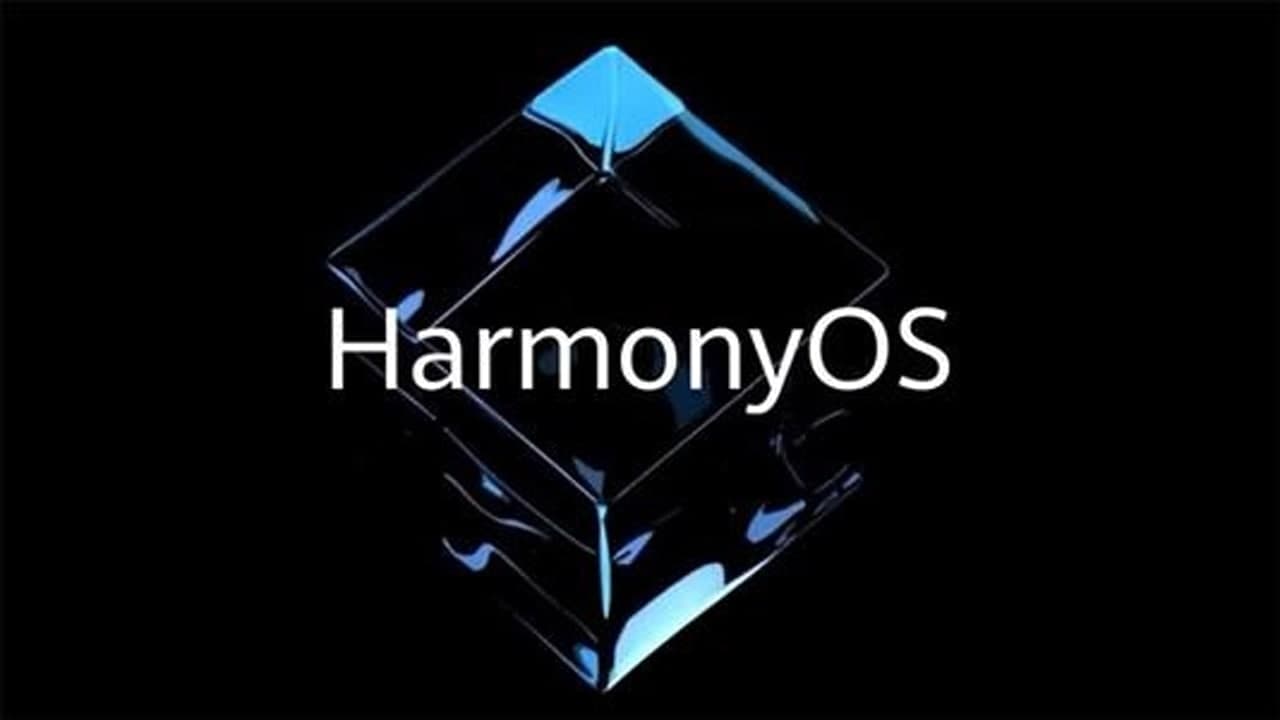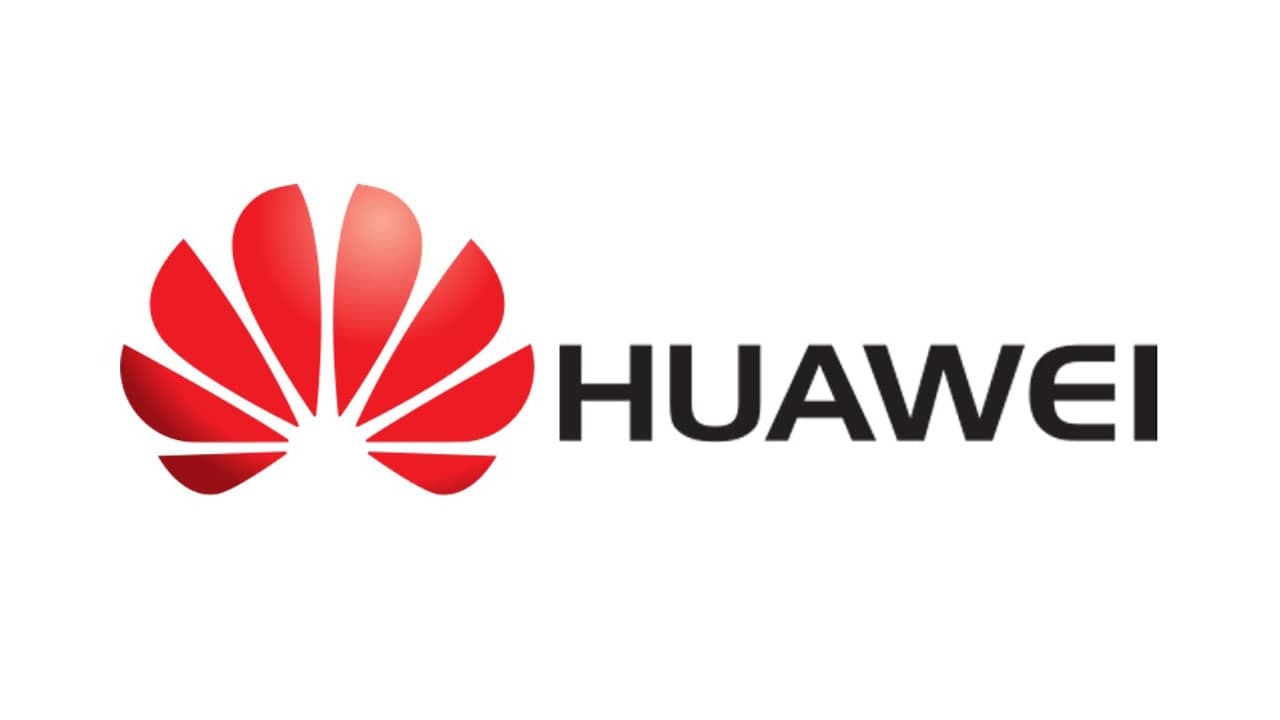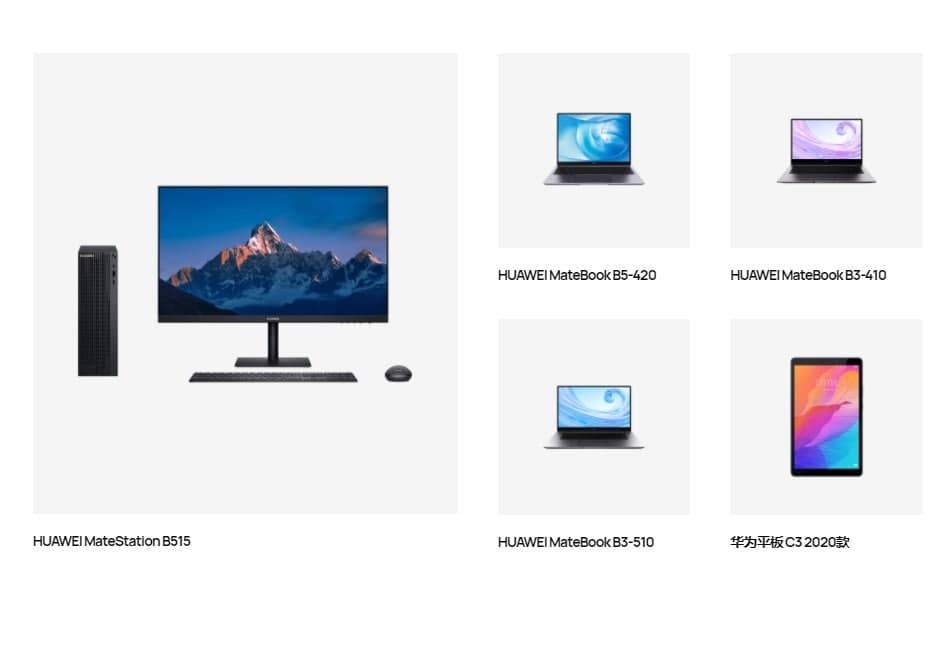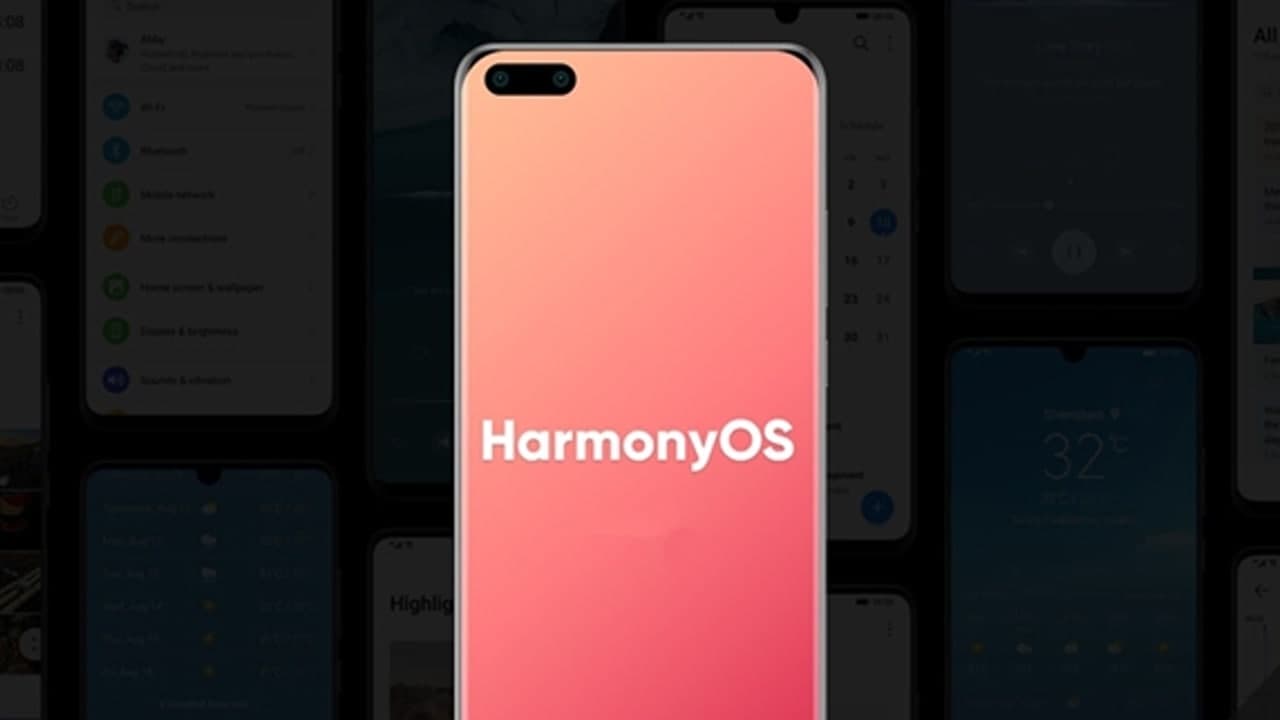Since the arrival of Huawei Harmony OS, almost everyone’s eyes have been focused, with expectations and difficulties.
Looking forward to it, Harmony will share the world with Android and iOS in the future. Suspense, Harmony OS is just a change of shell Android. The Harmony OS at this time, just like the Kirin chip ten years ago, is growing in anticipation and growing in difficulty.
One year after the official release, Harmony OS is no longer just looking at the flowers in the fog, the scene service is becoming clearer, and the Harmony system on Huawei mobile phones is just around the corner.
Huawei released the Harmony OS 2.0 Beta version for smartphone developers, which means that Harmony’s “high-rise” will welcome developers to move in and become another important milestone in the ecological development of Harmony OS.
Currently, developers can visit the official website of Huawei Developer Alliance to apply for the HarmonyOS 2.0 mobile phone developer Beta version upgrade. Huawei has opened the complete HarmonyOS 2.0 system capabilities, rich API (application development interface), and powerful development tools DevEco Studio to mobile developers to help mobile developers develop new applications more easily and efficiently.
The popularity of any operating system is inseparable from the establishment of an ecosystem, and Harmony OS is the same. As Wang Chenglu, president of Huawei’s consumer business software department, said, “To build an operating system is not technically difficult. The ecology is the core. The breadth, depth, and complexity of the ecology far exceed all individual technologies. Another important point It is very difficult to succeed in building an ecosystem if it does not match the opportunities for industrial development and realization.”
Harmony 2.0 Beta can be said to be the first step towards Harmony maturity. Of course, Harmony aims to build an operating system for the Internet of Everything. Mobile phones are no longer the only entry point for Harmony. The IoT of the Internet of Everything is the future of Harmony.

Harmony strategic territory complements an important part of mobile phones “Device” has taken shape
Because of the sanctions imposed by the US government, Huawei mobile phones could not use Google services, and at this time the Harmony operating system was able to officially surface. At first, everyone thought that Huawei launched Harmony only to break the monopoly of US companies in mobile operating systems, and it was a plan to replace Android. However, with the development of Harmony, from watches, TVs, to the Beta version of mobile phones, the tentacles of Harmony OS is expanding rapidly, and the strategic layout of Huawei’s “1+8+N” full-scene strategy to build an operating system is becoming clearer.
Huawei’s “1+8+N” full-scenario strategy has been proposed for more than a year, and the meaning of each number symbol has also been widely known to the outside world, namely, 1 Huawei mobile phone, 8 smart devices, and N third parties The device pool formed by partners is oriented to 5G high-quality, full-scenario smart life, and through connections, the smart device can reflect value in various fields.
Among them, the connection is difficult, not only the physical connection but also the system ecological connection.
“At present, almost all application ecology is based on the smartphone platform. Although smartwatches, smart TVs, car machines, and other IoT devices have been around for several years, ecological development is very slow. Many people may have a few speakers in their homes, but these The speaker has been used for a week, and at most two weeks may be forgotten.” In Wang Chenglu’s view, the problem behind this is that there are too few applications. The core factor for the problem is the high fragmentation of the operating system, even from the same manufacturer. It is very difficult to connect and use the network between different IoT devices produced. If each device system is different and the application is different, then there will be more devices surrounding consumers, which brings not convenience but trouble.
In order to solve the biggest challenges and problems facing IoT, HarmonyOS was originally designed as an operating system for the era of the Internet of Everything in the future. “We hope to use a set of operating systems to solve all IoT hardware equipment carrying system problems. Hardware manufacturers do not It is necessary to cut or find a new system installation when producing different hardware.” Wang Chenglu said, more importantly, HarmonyOS provides all application developers with a distributed programming framework, allowing everyone to write once in a high-level language that they are familiar with. The business logic can run on all devices, so as to maximize the sharing of the ecology on each isolated device.
At the press conference, distributed, cross-terminal, and multi-scene became the main capabilities of Harmony Display. Among them, the distributed technology can merge multiple physically separated devices into a “device”. Invoke and combine the software and hardware capabilities of different devices on demand to bring users the smart experience most suitable for their scene. Even if the user switches scenes, the smart experience can be migrated across devices and flow seamlessly.
At the event site, Huawei joined a number of application vendors to showcase innovative applications developed based on Harmony OS distributed technology. For example, the Harmony version of the application developed with JD.com can realize online shopping sharing and order matching between mobile phones and mobile phones, mobile phones, and large screens. The Harmony version of the application developed with Didi, when waiting for online car-hailing, users do not have to frequently take out their mobile phones to check vehicle dynamics. Information such as license plate number and vehicle location will be synchronized on the watch in real-time.
With the continuous advancement of the Harmony OS mobile phone version, more and more application vendors have participated in the development of the Harmony version. Currently, more than 120 application vendors such as JD, UnionPay, Youku, and iFlytek have begun to develop and innovate based on Harmony OS. Cooperation with more application parties is still in progress.

Developers become the key force for system ecological construction
How does Harmony attract developers?
The most important thing for the system platform is to build a developer ecosystem, which has become an industry consensus. The reason why Apple’s iOS and Google’s Android systems can establish a leading position is that they have successfully built a developer ecosystem.
Apple’s iPhone mobile phone began to build an AppStore environment, allowing developers to sell the developed Apple mobile phone software through the AppStore, and suddenly run rich software functions on the iPhone, thereby promoting the development of smartphones. The same is true for the development of Google Android, with a large number of application services trapping users.
And the Sybiam system of the early mobile phone giant Nokia, once synonymous with smartphones, eventually lost to iOS and Android. One of the factors was the lack of a simple and still development platform, and backward software functions eventually made Nokia lose the entire mobile phone market.
For developers, whether the Harmony development platform can achieve high-efficiency application development is the key to attracting them to join, and this is precisely where Harmony’s advantage lies. According to Wang Chenglu, when developing mobile applications, developers often spend a lot of time and energy for different device size screens and different interaction methods. Harmony encapsulates complex operations on different devices, and developers only need to call Interface is fine. This means that developers do not need to pay attention to UI design, only the interaction itself, and the specific adaptation will be automatically completed by Harmony.
For example, it takes only one day for one person to migrate the ability of live shopping on JD.com to the big screen. This is because Harmony OS only needs developers to write business logic code once, and it can run on all devices.
In addition, Huawei also provides comprehensive support to developers participating in the construction of the Harmony OS ecosystem, including developer support teams, training courses, development documents, and developer communities. In terms of hardware cooperation, more than 100,000 developers and more than 20 hardware manufacturers have joined the Harmony OS ecological construction. It is expected that the number of IoT devices equipped with Harmony OS will reach 100 million next year. In the future, Harmony OS will open source for more devices, and Huawei will continue to hold developer days in Shanghai, Guangzhou, and other places. In addition, the Harmony OS Developer Innovation Competition was officially launched on the same day. Huawei will inspire more innovative applications with a 1.5 million RMB bonus and 20 professional instructors.
Although Harmony has opened up a new track for the Internet of Everything operating system, it is not exclusive to Huawei. Google has also officially opened the Fuchsia source code to the public recently. Fuchsia OS has greatly reduced hardware requirements. In addition to being applied to smartphones and computers, it can also run on IoT devices such as smart homes to achieve cross-platform operation and operation. With the original ecology, its development potential cannot be underestimated. So, whether Huawei Harmony can break through the Google ecosystem in the future, open up its own multi-terminal ecosystem, and attract more high-quality manufacturers to join, remains to be tested after Harmony landed.












